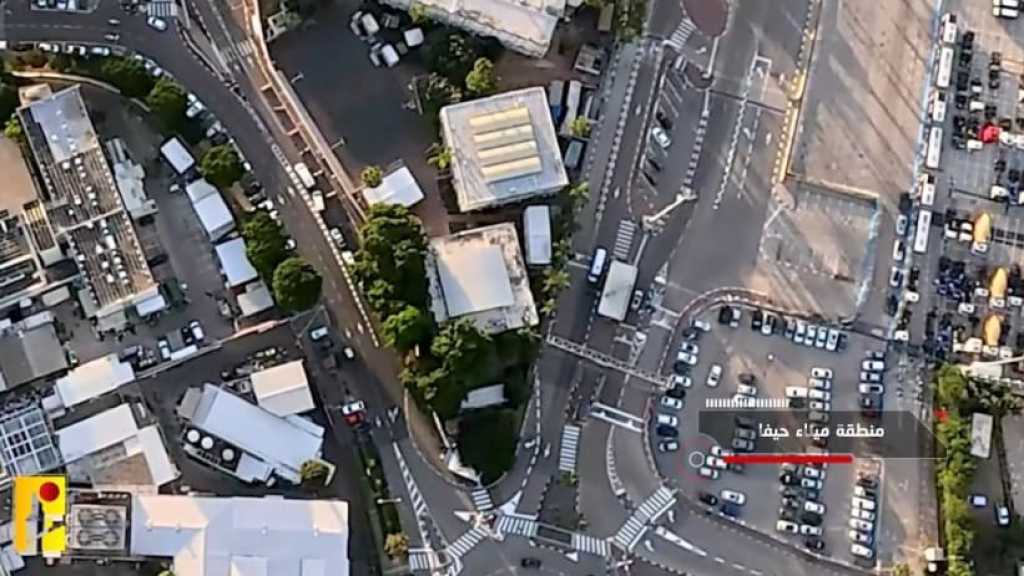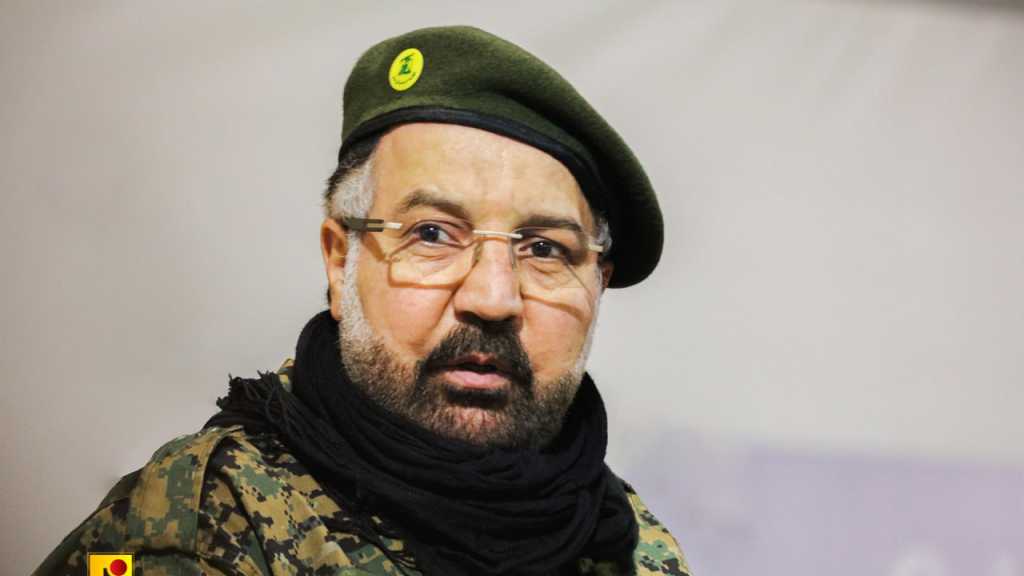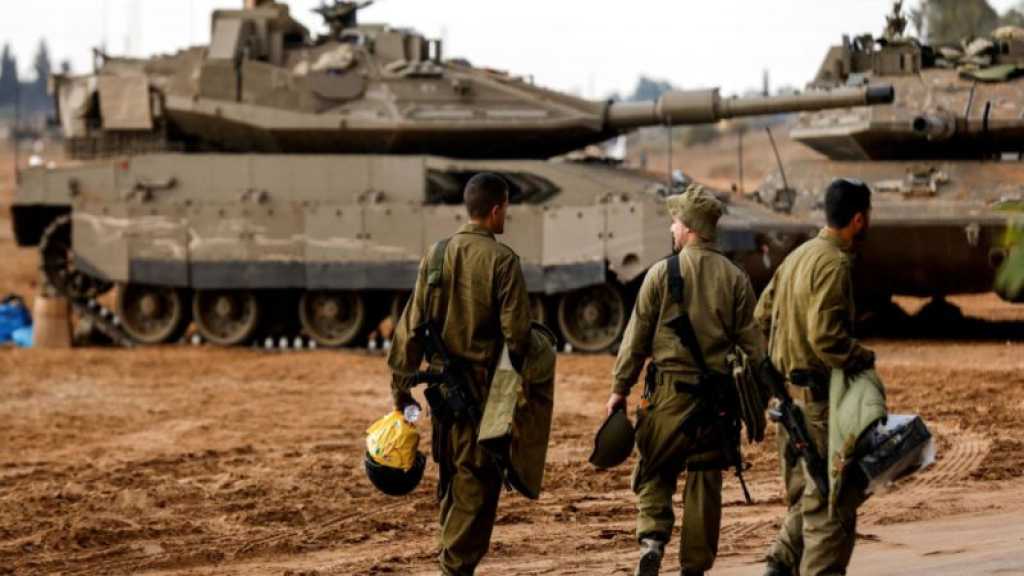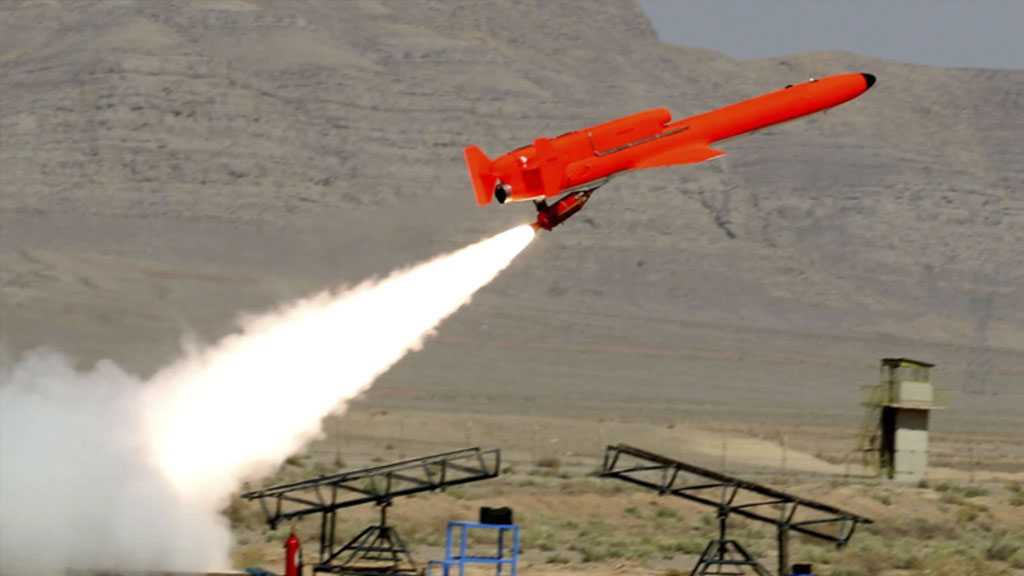“Israel” on Al-Laqqis: One of Hezbollah’s Top Innovators and Technical Minds
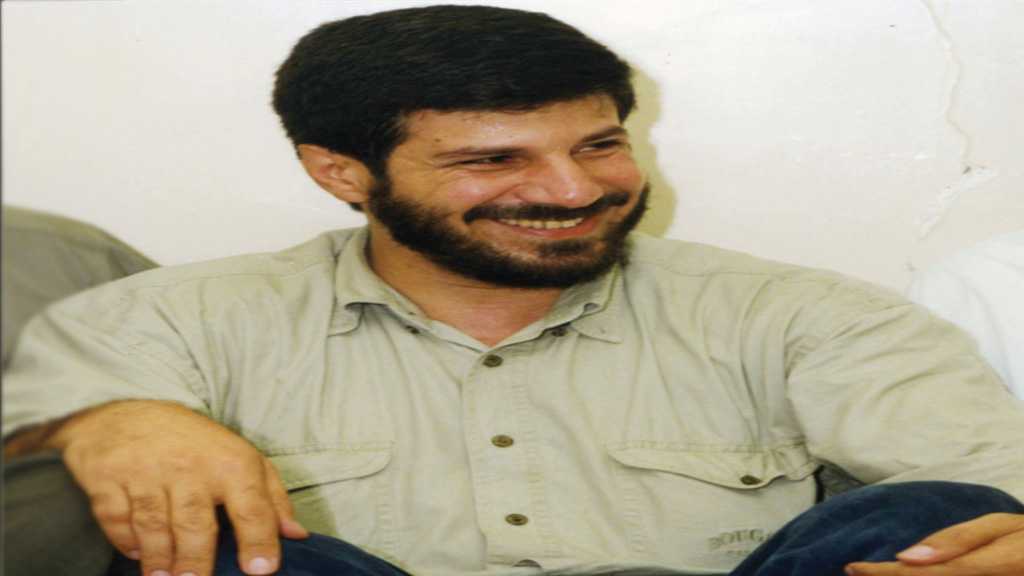
Yehya Dbouk
The “Israeli” enemy links [Martyr Leader] Hassan al-Laqqis to the qualitative expansion and development of Hezbollah's military capabilities. According to Hebrew reports, the martyr was responsible for "integrating the most sophisticated technological weapons into Hezbollah's arsenal".
He also contributed to the most important technological developments achieved by the resistance after 2006, which "transformed the Lebanese party into “Israel’s” most dangerous and feared enemy in a generation."
In the March 2014 edition of The Tower Magazine, “Israeli” military sources described al-Laqqis’ role and accomplishments as follows: “The improvements in Hezbollah’s military and technological capacities can be owed, to an astonishing degree, to the work of one man: Hassan al-Laqqis. [He is] one of Hezbollah’s top innovators and technical minds.” The Tower Magazine is a monthly conservative, pro-“Israel” magazine published in Washington DC. Its reports are packed with “Israeli” intelligence data.
The report added “al-Laqqis’ legacy is clear: Hezbollah is now far ahead of any other group in the world in terms of the weapons it can deploy, the tactics it uses, and the offensive and defensive technology at its disposal.”
A senior “Israeli” security official stated in an interview with the Haaretz newspaper, dated December 6, 2013, that "al- Laqqis also headed the development of Hezbollah's drones, designed not only for reconnaissance and intelligence gathering, but also for breaching and bombing of targets."
Meanwhile, in an interesting December 5, 2013 report in Yediot Aharanot, the newspaper’s security affairs analyst, Ronen Bergman, revealed just two days after the assassination that al-Laqqis’ file in the Military Intelligence Service (Aman) shows he possessed creative weapons skills based on his technical education at the Lebanese University as well as his own abilities. "Mossad chief Meir Dagan says that thanks to his efforts (Al-Laqqis), Hezbollah is stronger and possesses the type of firepower that 90% of the world's countries do not have."
The report notes that “based on this background, Aman has placed a recommendation dating back to the 1990s that al-Laqqis be put on its target list, underscoring the necessity to liquidate him.”
So, al-Laqqis has been in the crosshairs of the “Israeli” intelligence since the early 1990s – years before “Israel” finally succeeded in assassinating him in late 2013. This means that the “Israelis” were working to "liquidate" him for twenty years.
The assassination of al-Laqqis by the “Israeli” intelligence in December 2013 came in the context of the ongoing battle between Hezbollah and “Israel”, in which both sides dealt blows to each other. Their battlefield was complex and complicated and included several arenas. There was a race between the military defensive buildup of the resistance and the growing “Israeli” will to launch an aggression against Lebanon. This will along with its motives expanded especially after the 2006 war and “Israel’s” failures in it.
Al-Laqqis’ martyrdom comes in this context. It is linked to his identity and his role, which dates back to the early 90s, along with a number of his colleagues, in developing the technical capabilities of Hezbollah and strengthening its defensive position to the point of almost limiting and reducing the enemy's superiority and ability to inflict harm in any future confrontation.
As is normally the case with the “Israelis”, they initiate to make such achievements, that is, assassinations of figures who have played a major role in hurting the occupation. But often, the assassination itself comes too late, and after this cadre or that served the movement and put into motion his contributions. Of course, if the martyr [al-Laqqis] were alive, he would have given more. But the assassination was a sign of revenge in response to the blows he inflicted. Meanwhile, the “Israeli” failure in being able to counter his accomplishments is clear despite his assassination.
In general, the public knows about the resistance cadres and their achievements after the enemy succeeds in targeting them. As for those who have not been targeted yet, they remain anonymous and unknown despite the fact that their achievements are present and tangible to all, especially in the time of confrontations and wars, which are filled with surprises, including those of al-Laqqis’ advanced technology achievements. These achievements also serve to promote the enemy's abstention from initiating war and the resistance’s ability to repel it.
Al-Laqqis is one sample of the cadres who were revealed after their assassinations along with their achievements and identities. Their achievements can be discerned through their effects in developing the resistance's capabilities. As for the enemy, it fully recognizes the growth, development and deterrent effect of those capabilities.
Source: Al-Akhbar Newspaper, Translated by website team
Comments
